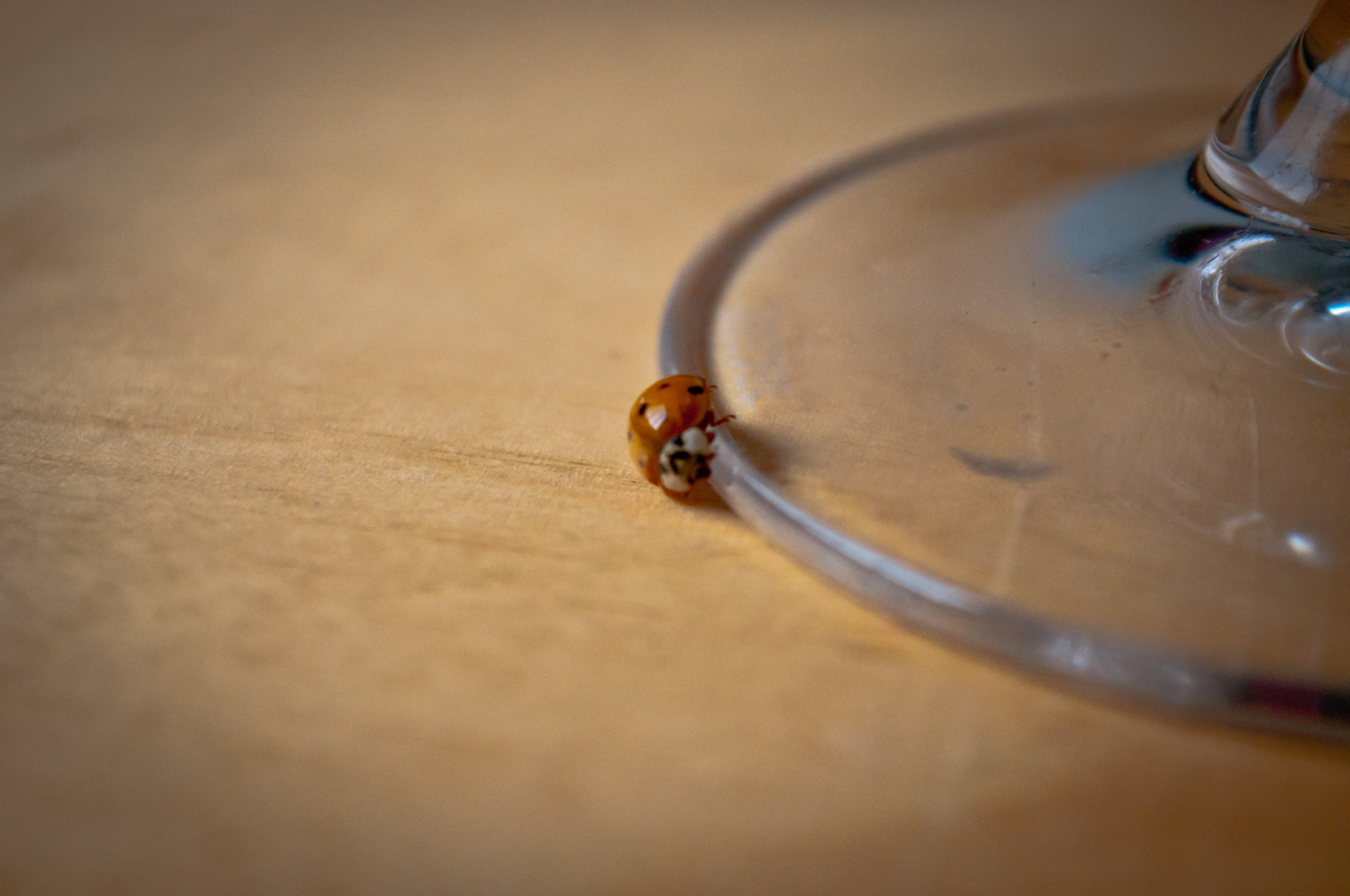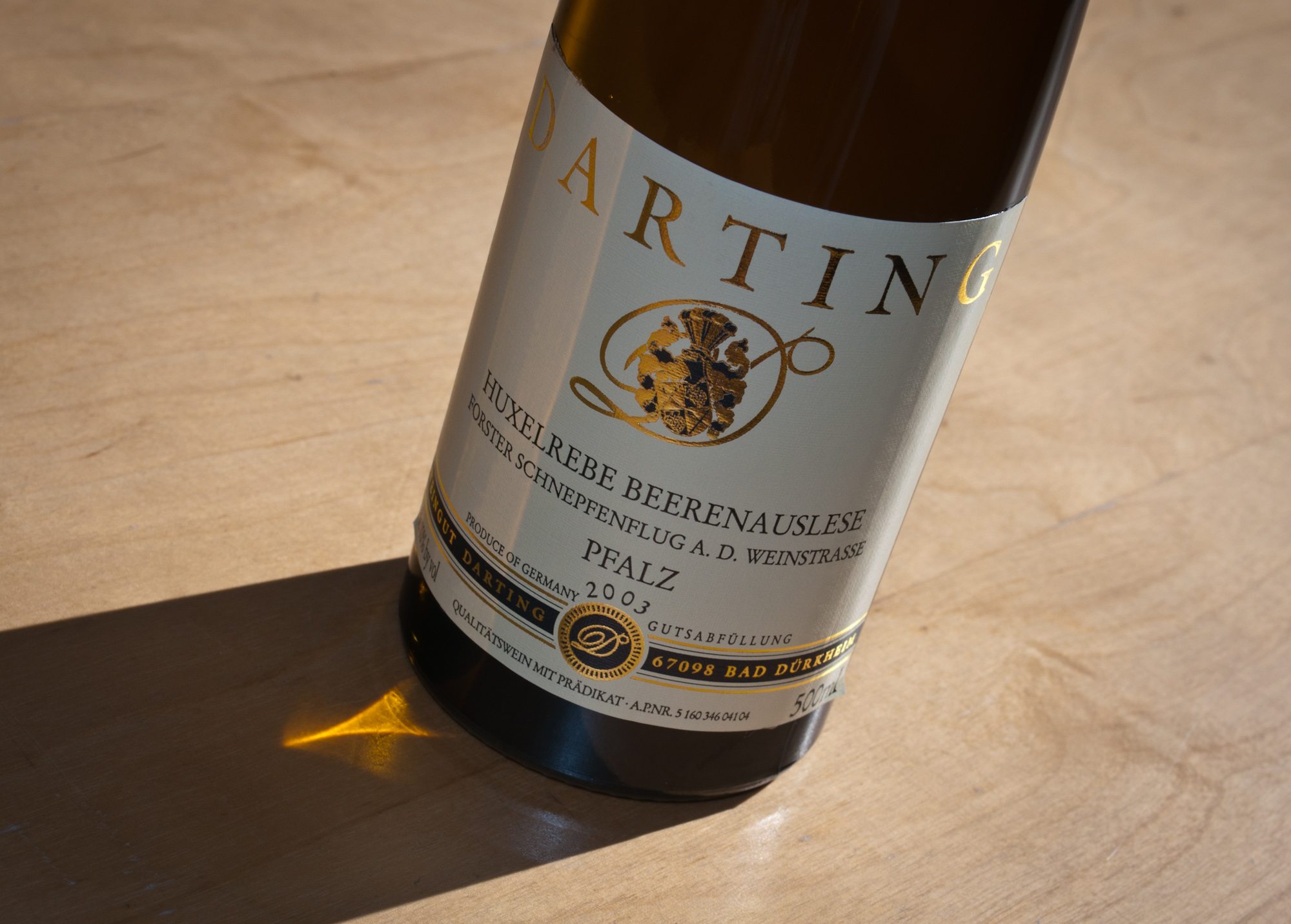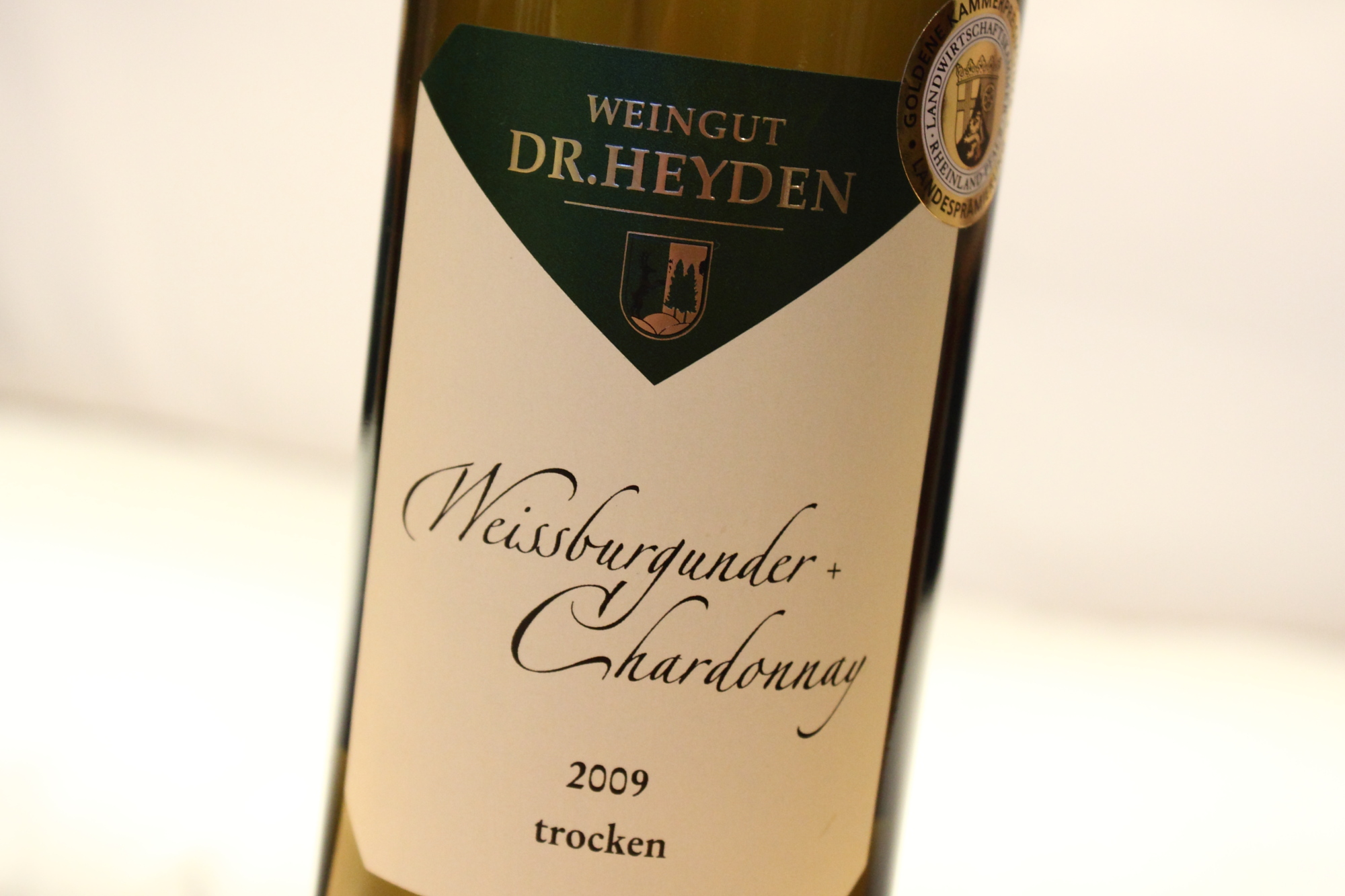Villa Medoro, Montepulciano d'Abruzzo, 2008
Neither my co-rambler Torsten nor I have so far been able to warm significantly to Italian reds, especially those from the middle and south of the country. We have our reasons, mainly the predominance of plummy, raisiny fruit and a certain undeniably flabbyness that we think we found in those we have tasted, but to lovers of those regions I'm sure it proves that we are no less capable of prejudice-fuelled wine ignorance than the next drinker. What follows, then, is a little outside of the usual mould of Wine Rambler reviews.

It is to make amends, in a way, but it's also very much a public service announcement: Enjoyable Italian red ahead!








